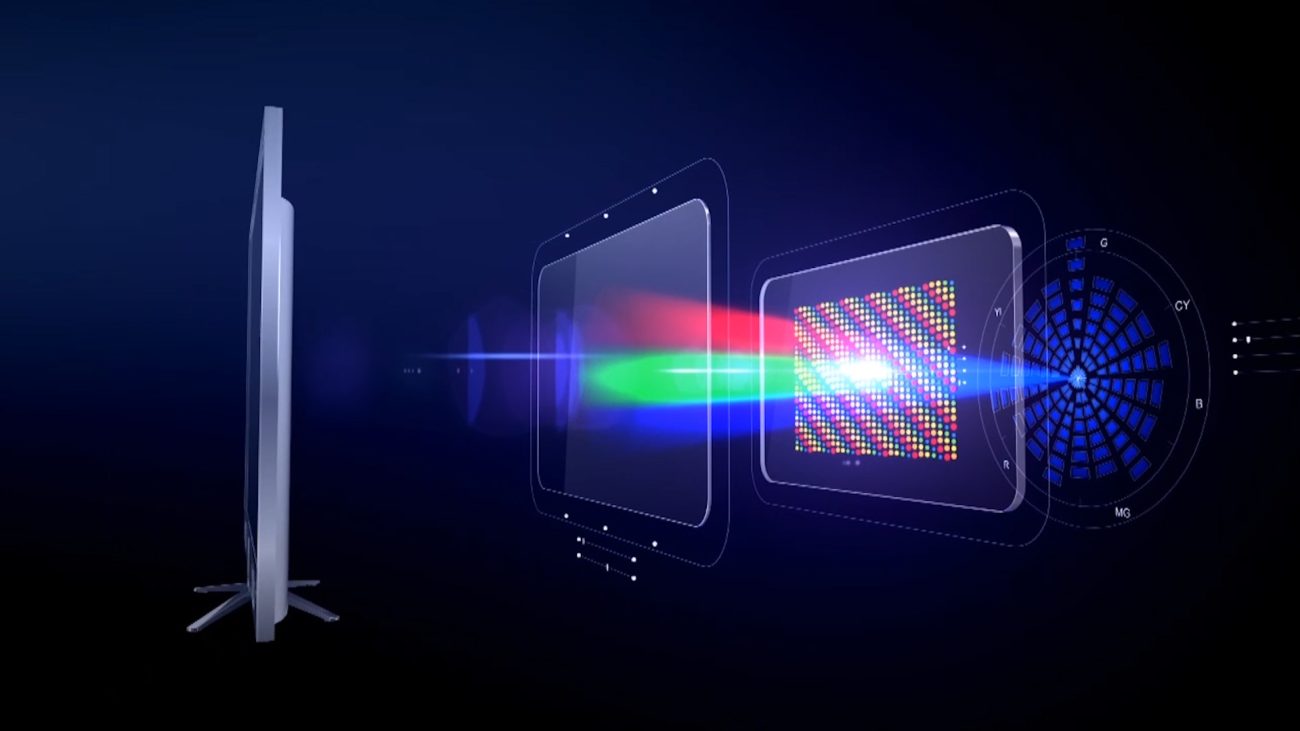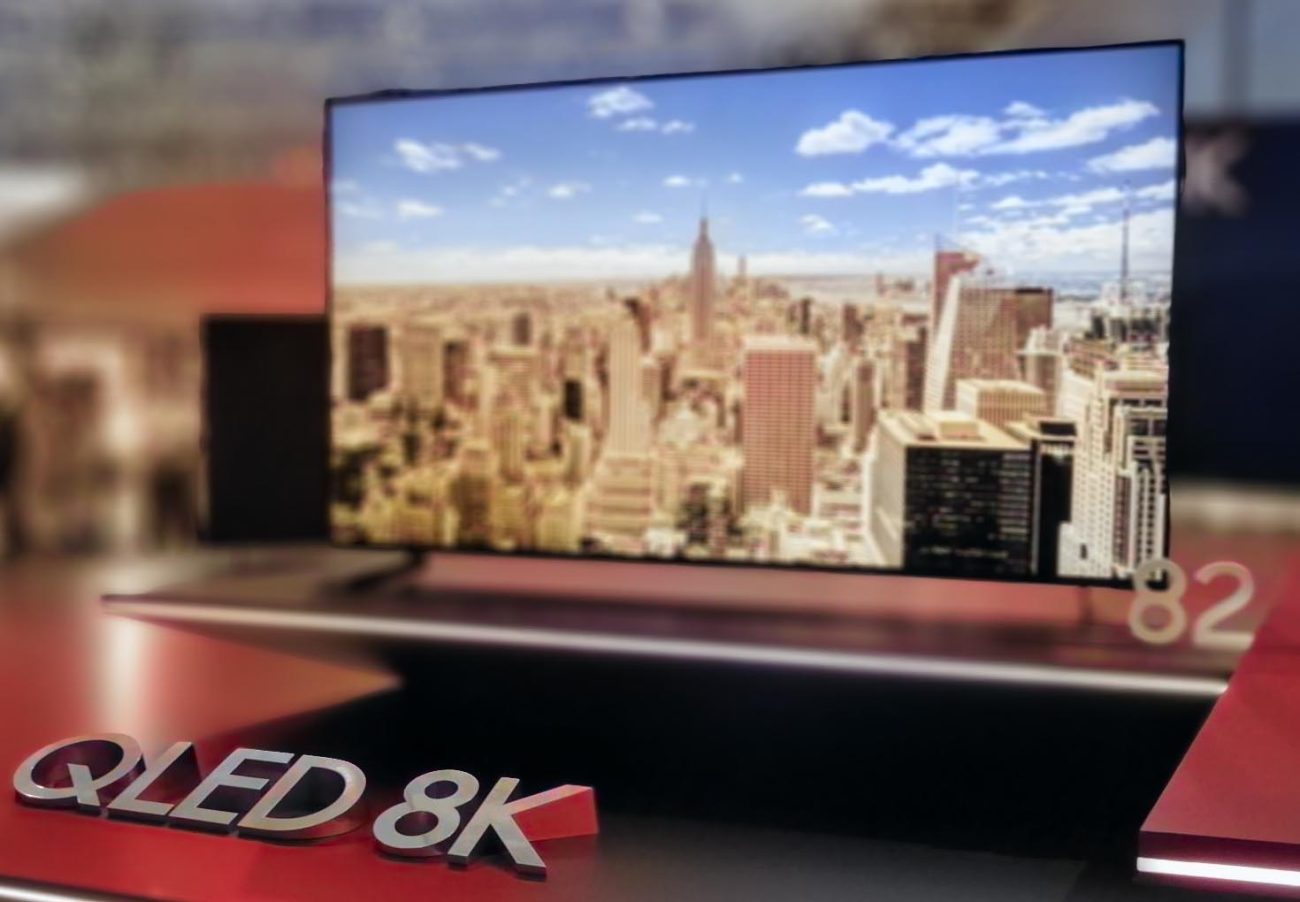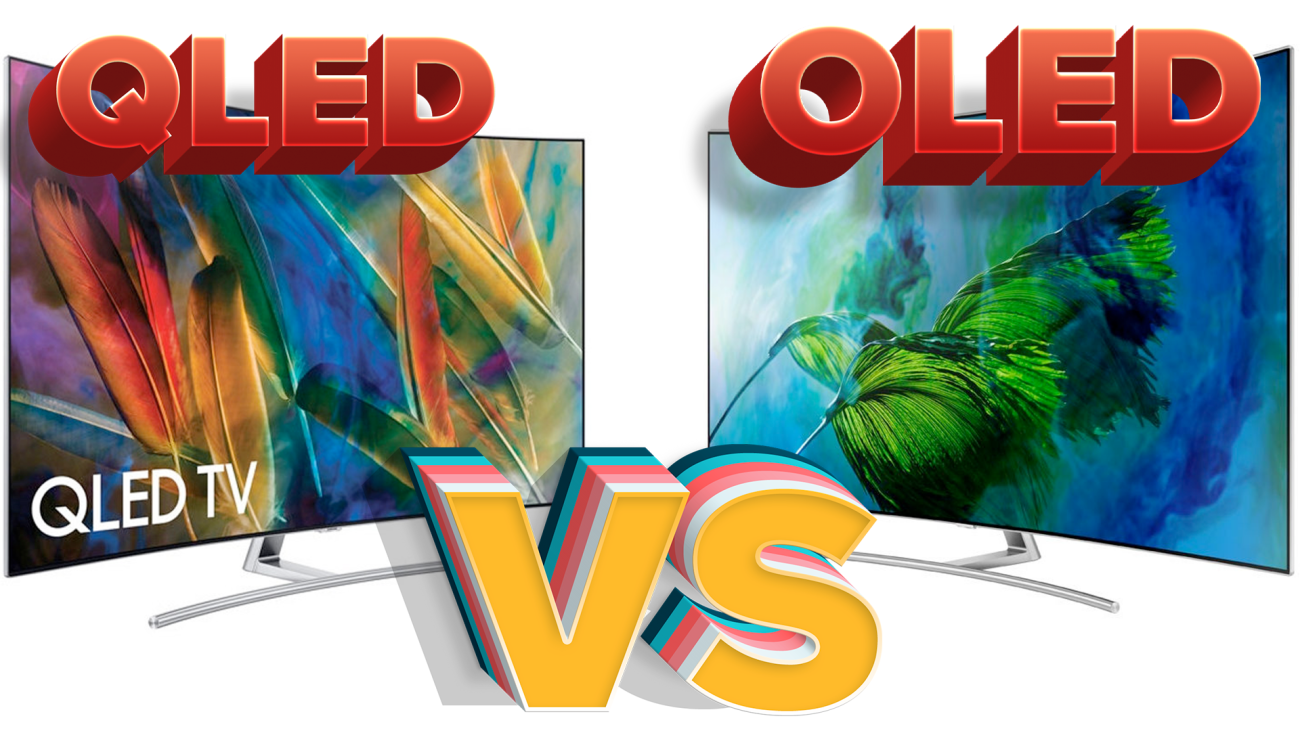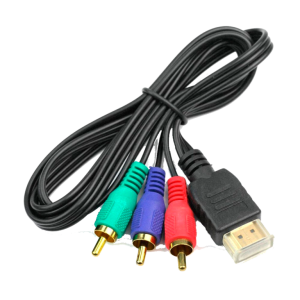OLED and QLED are two of the biggest tech names in the TV world. OLED stands for Organic Light Emitting Diodes, and QLED stands for Quantum Dot Light Emitting Diodes.
The main difference between the two technologies is that OLED TVs utilize an organic compound to emit light whereas QLED TVs use quantum dots to generate a wide variety of colors.
The organic materials in an OLED panel are thin, usually only a few nanometers thick (1/1000th the thickness of a human hair). These organic materials form the pixels that light up when electricity is applied to them. In contrast, QLED panels use inorganic materials for their LEDs instead of organic ones; these inorganic LEDs are about 100 times thicker than OLED pixels.
OLED Tech
You might have heard about OLED TVs, but what are they? This is a relatively new technology that improves the quality of pictures significantly.
OLED is made up of millions of tiny diodes pixels that are self-emitting—each pixel produces its own light, which means that you won’t see the glow from an LED backlight behind the screen when watching a dark scene on an OLED TV or phone.

Because there’s no need for a separate light source (like an LED backlight), displays can also be completely turned off—meaning they consume less power than QLED sets with their colored LEDs always turned on. OLED TVs can be thinner while maintaining brightness and contrast in virtually any viewing angle.
Pros of OLED
- Because they are thin and small, they are light in weight.
- Offers Color fidelity, high efficiency, and operational stability.
- OLED is suitable for devices that require less power consumption, such as mobile phones, cameras, etc.
- Organic layers in OLEDs are thinner, lighter, and more flexible than crystalline layers in LEDs and LCDs.
- They exhibit singlet and triplet excitation radiation phenomena compared to LEDs and LCDs.
- OLED is flexible, so it is very easy to manufacture an OLED display or another OLED device.
Cons of OLED
- Right now, manufacturing is expensive.
- OLEDs are easily damaged by water.
- OLED screens are even worse than LCD in direct sunlight.
- They have a shorter lifetime than other types of displays.
- Degradation of luminance in general.
QLED tech
QLED TVs, on the other hand, act as a kind of tunnel for the light they emit. You can get the best picture quality if you are seated dead-center, where you will be perfectly aligned with these tunnels. TVs use quantum dots to produce more colorful images than traditional LED screens—but they don’t emit light themselves.

Nanoparticles emit or alter light at different frequencies when exposed to electricity. It produces a more precise color than white LED-illuminated LCDs.
Samsung says its QLED TVs are comparable to OLED TVs. Interestingly enough, the terms look the same, except that there is a little line that comes out of the O to change it into a Q.
Samsung QLED TVs might have advanced technology, but they’re still LED-backlit LCD TVs. A wider color gamut is great, but QLED TV contrast is still a big concern since the technology does not appear to produce the perfect black levels of OLED panels.
Pros of QLED
- QLED-based TVs are not susceptible to burn-in.
- QLED screens are two times more energy-efficient than LED screens. They are also brighter by 40%.
- QLED products will have a longer life because quantum dots resist moisture better.
- Switching is very fast.
- Lightweight and thin.
- The brightness is about 50 to 100 times brighter than CRT and LCD displays.
- It does not require an expensive vacuum evaporation process since it is moisture resistant.
Cons of QLED
- Blue that is less saturated.
- QLEDs do not produce light on their own, a backlight unit is used instead.
- TVs based on QLED suffer from light bleed.
- Dead-center is the best viewing angle for QLED screens. Colors and contrast of the picture diminish when the viewer moves from side to side or up and down.
Which is better for gamers: OLED or QLED?
For those of you who are mainly looking for a television that is good for gaming, we encourage you to focus on different criteria.Since the PS5 and the Xbox Series X are finally here – and more readily available for the most part – you might want to invest in a TV with HDMI 2.1 ports that can handle 8K video from consoles (at 60Hz), as well as 4K video at 120Hz.
OLED sets will excel at achieving natural contrast, making cinematic games truly awesome. Samsung OLED TVs come with Nvidia G-Sync to enhance gameplay onscreen. Although QLEDs are brighter, they may offer better visibility in games, drawing out environments and in-game objects clearly.
Getting a set that has a low input lag, VRR (variable refresh rate), or an HMDI 2.1 port is more important than the underlying panel technology..
CONCLUSION
So, which one wins? It depends on what you’re looking for in your next TV, but whatever you buy up on the wall you’re going to love it!




